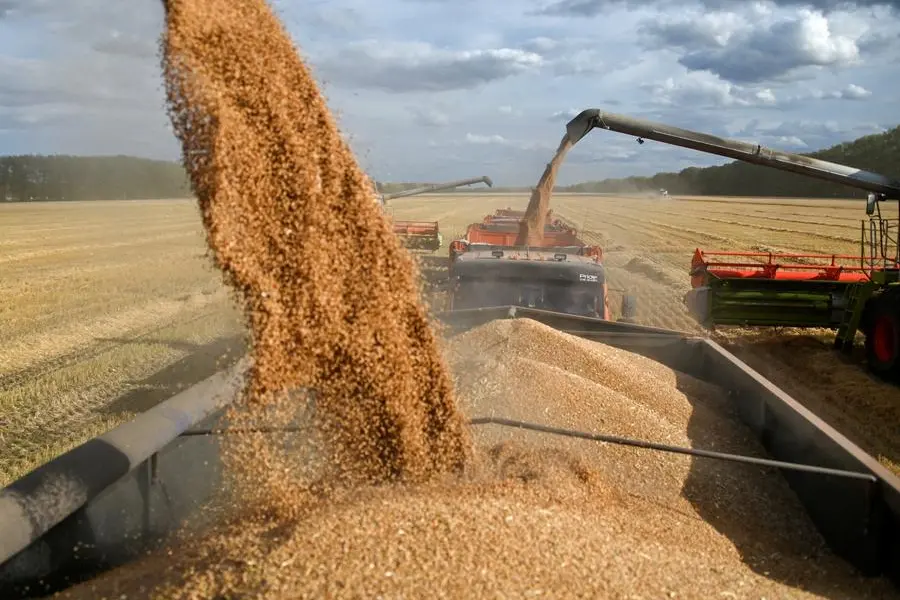PHOTO
(The opinions expressed here are those of the author, a market analyst for Reuters.)
NAPERVILLE, Illinois - Speculators have held bearish bets in Chicago wheat for nearly two years, but excessively dry weather in top exporter Russia as well as concerns for other global wheat crops have recently ignited notable short covering.
In the week ended April 30, money managers cut their net short position in CBOT wheat futures and options to 47,866 contracts from 76,184 a week earlier, marking their least bearish wheat view since July.
History strongly hinted at funds’ latest moves. Whenever funds have been heavily bearish wheat this time of year, they spend at least two weeks being forced out of short positions at some point between April and June, but the net short does not have to disappear entirely, as was the case last year.
In the week ended April 30, CBOT wheat futures were essentially unchanged but had been up as much as 5%. Forecast rains for Russia sparked last week’s easing, but the rains disappointed and the forecast was dry again late week, pushing futures up another 3% in the last three sessions.
Other wheat flavors were involved in last week’s short covering. In Minneapolis wheat futures and options, money managers through April 30 slashed their net short to 9,294 contracts from 24,556 a week earlier on a 5% jump in futures. That reflected net buying twice as large as the previous weekly record.
In Kansas City wheat futures and options, money managers reduced their net short to 29,610 contracts from 48,208 in the prior week, among the largest ever weekly rounds of buying. K.C. and Minneapolis futures were also up between Wednesday and Friday, but to a lesser degree than Chicago.
CBOT corn futures fell 1.3% in the week ended April 30 and were up only fractionally at most, but speculators covered shorts in sympathy with wheat. The managed money corn net short fell to 218,040 futures and options contracts, the lowest since early January, from 238,546 a week earlier.
Most-active corn on Friday hit its highest level since Jan. 4 but settled well off that top at $4.60-1/4 per bushel, bringing three-session gains to 3%. Strength in wheat, weakness in the dollar and harvest-disrupting flooding in southern Brazil all supported corn late in the week.
OILSEEDS
CBOT soybean products last week continued moving in opposite directions with soyoil down more than 6% and soymeal up nearly 2%, though it had been up as much as 4%. Both contracts have reached multi-year lows this year, meal in February and oil on Tuesday.
Money managers in the week ended April 30 staged their fourth consecutive week of significant net buying in CBOT soybean meal, boosting their net long to 43,596 futures and options contracts from 19,681 a week earlier. That was based on both short covering and new longs, and it is funds’ most bullish meal view since December.
In soybean oil, money managers as of April 30 established their most bearish view since May 2019, pushing their net short to 66,882 futures and options contracts from 49,528 a week before. That was predominantly on new gross short positions.
The 1.6% slide in CBOT soybeans in the week ended April 30 had minimal consequences on money managers’ massive net short, which expanded by just 222 contracts to 149,236 futures and options contracts. That is identical with the same date in 2019.
Soybeans and soybean meal surged late last week following a port worker strike in Argentina and the flooding rains in Brazil, which may have trimmed soybean output in the No. 2 state of Rio Grande do Sul by 15%. Between Wednesday and Friday, beans rose 4.5% and meal added 5.8%, though oil was up fractionally. Karen Braun is a market analyst for Reuters. Views expressed above are her own.
(Editing by Chris Reese)























